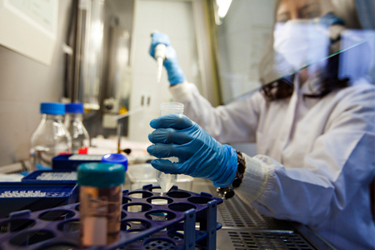Adherent Versus Suspension: What's The Best Process For Viral Vector Manufacturing?

The article "Adherent Versus Suspension: What's the Best Process for Viral Vector Manufacturing?" discusses the choice between adherent and suspension cell cultures for viral vector manufacturing, specifically focusing on the production of viral suspension and adeno-associated virus (AAV).
The article examines the key differences between adherent and suspension cell cultures and their impact on viral vector production. Adherent cell cultures involve cells attached to a substrate, whereas suspension cell cultures allow cells to float freely in the culture medium. The advantages and challenges associated with both approaches are explored.
The authors emphasize the suitability of suspension cell cultures for viral suspension and AAV production. Suspension cultures offer scalability, high cell densities, and simplified downstream processing, making them ideal for large-scale manufacturing. However, they also acknowledge that adherent cell cultures may be preferred for certain viral vectors or specific applications.
The article provides insights into the differences between adherent and suspension cell cultures, highlighting factors such as cell growth characteristics, culture media requirements, and process optimization. It emphasizes the importance of carefully evaluating the specific requirements of the manufactured viral vector and selecting the most appropriate cell culture approach.
In summary, the article delves into the comparison between adherent and suspension cell cultures for viral vector manufacturing, particularly for viral suspension and AAV production. It offers a valuable overview of the advantages and considerations associated with both approaches, guiding researchers and manufacturers in choosing the optimal cell culture method for their specific viral vector production needs.
Get unlimited access to:
Enter your credentials below to log in. Not yet a member of Bioprocess Online? Subscribe today.
